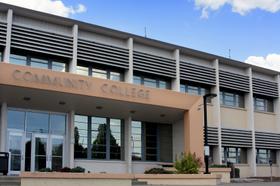California community colleges have faced a recent cash crunch that has resulted in thousands of students ending up on waitlists rather than in classes. A new study reveals that many students could find classroom space if the two-year colleges in the state were willing to coordinate at least a portion of their administrative staff. The savings would not be insignificant; according to a recent analysis, tens of millions could be allocated for classroom resources by making consolidation decisions in college districts across California.
Analysis Offers Insight into Spending PatternsCalifornia Watch website
The analysis was conducted by California Watch, a nonpartisan investigative reporting center that performs a wide range of investigative reporting for the state. The group specializes in fields like public health, environment, and education. According to the California Watch website, the award-winning team is supported by grants from several organizations, including the James Irvine Foundation and The California Endowment.
To complete this analysis, members of California Watch dug deep into the bureaucracy of the California Community College System, the largest of its kind in the United States. An additional article on the group’s website explains that argument.
Millions Spent on Duplicate Jobs
The San Francisco Chronicle reports that those 16 districts had duplication in 21 executive or management positions. That number did not include chancellors or presidents, who were appointed in each district as well. The total number of employees at this level was 253, earning a cumulative salary of $30 million,






















